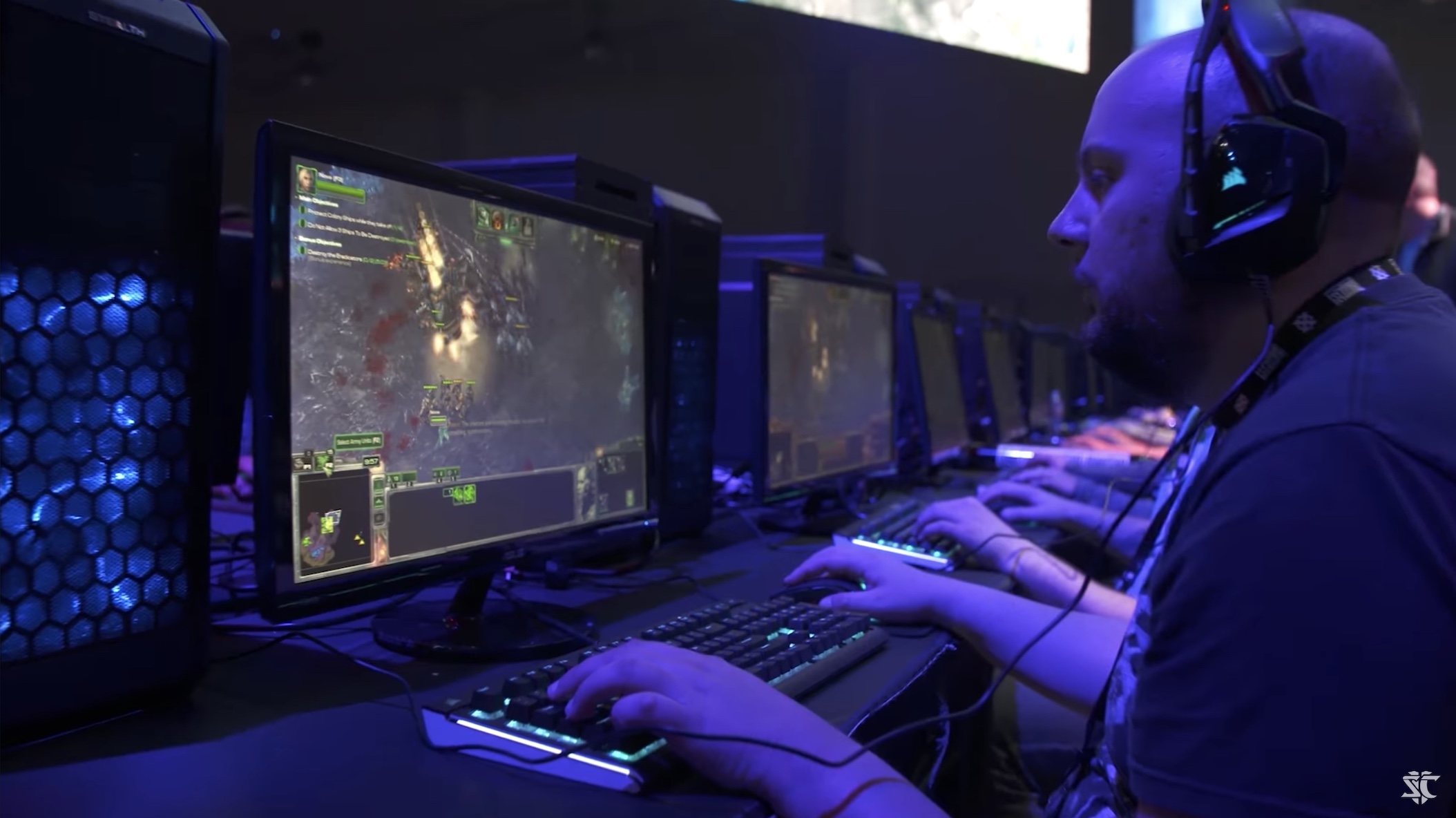Researchers at South Korea’s Gwangju Institute of Science and Technology (GIST) have developed a framework for an AI-powered in-game observer specifically for esports tournaments.
Initially proposed in an article in the academic journal Expert Systems With Applications, the framework uses an object detection method and human observational data to determine the most interesting area that spectators can watch.
In-game observers will also decide on which players the fans should watch in addition to the camera angles being used during broadcasts of esports matches. They even aim to rely on extensive game knowledge to follow the most relevant gameplay.
Dr. Kyung-Jong Kim, study lead and GIST Associate Professor said, “We have created an automatic observer using [an] object detection algorithm, Mask R-CNN, to learn human spectating data. The framework can be applied to other games representing some of the overall game state, not only StarCraft. As services such as multi-screen transmission continue to grow in esports, the proposed automatic observer will play a role in these deliverables. It will also be actively used in additional content developed in the future.”
Creating the rules of the game
Despite featuring automatic in-game observers in multiple games, they usually rely on pre-defined rules and events. The researchers also revealed that they’re unable to independently assess the full potential of in-game actions.
As reported by Esports Insider, researchers at GIST, led by Associate Professor Dr. Kyung-Jong Kim, have proposed an approach that can be used to overcome these limitations.
The first study saw researchers collect in-game human observation data in StarCraft from 25 participants. The areas viewed by the spectators were identified and labelled as ‘one’, whereas the remaining screen was all ‘zeroes’.
That data was then transferred into a neural network to discern patterns between the areas to find the ‘region of common interest’ (ROCI) which is pretty much the most exciting area for spectators to watch.
After comparing the outcome with other existing methods, the researchers determined that the network’s predicted viewpoints were similar to the human observational data. The paper also claims that the model surpasses other models in performance after generalised testing across different matchups and in-game StarCraft maps.
Moreover, the authors stated that the proposed framework “can be applied to various games that can obtain the game state, such as a minimap, and the area viewed by a spectator is part of the game state.” And they listed LoL and Dota 2 as examples.
Ultimately, the research might become valuable to small esport tournament organizers that lack the hefty budget of paying for a dedicated observer.
Isa Muhammad is a writer and video game journalist covering many aspects of entertainment media including the film industry. He's steadily writing his way to the sharp end of journalism and enjoys staying informed. If he's not reading, playing video games or catching up on his favourite TV series, then he's probably writing about them.






































